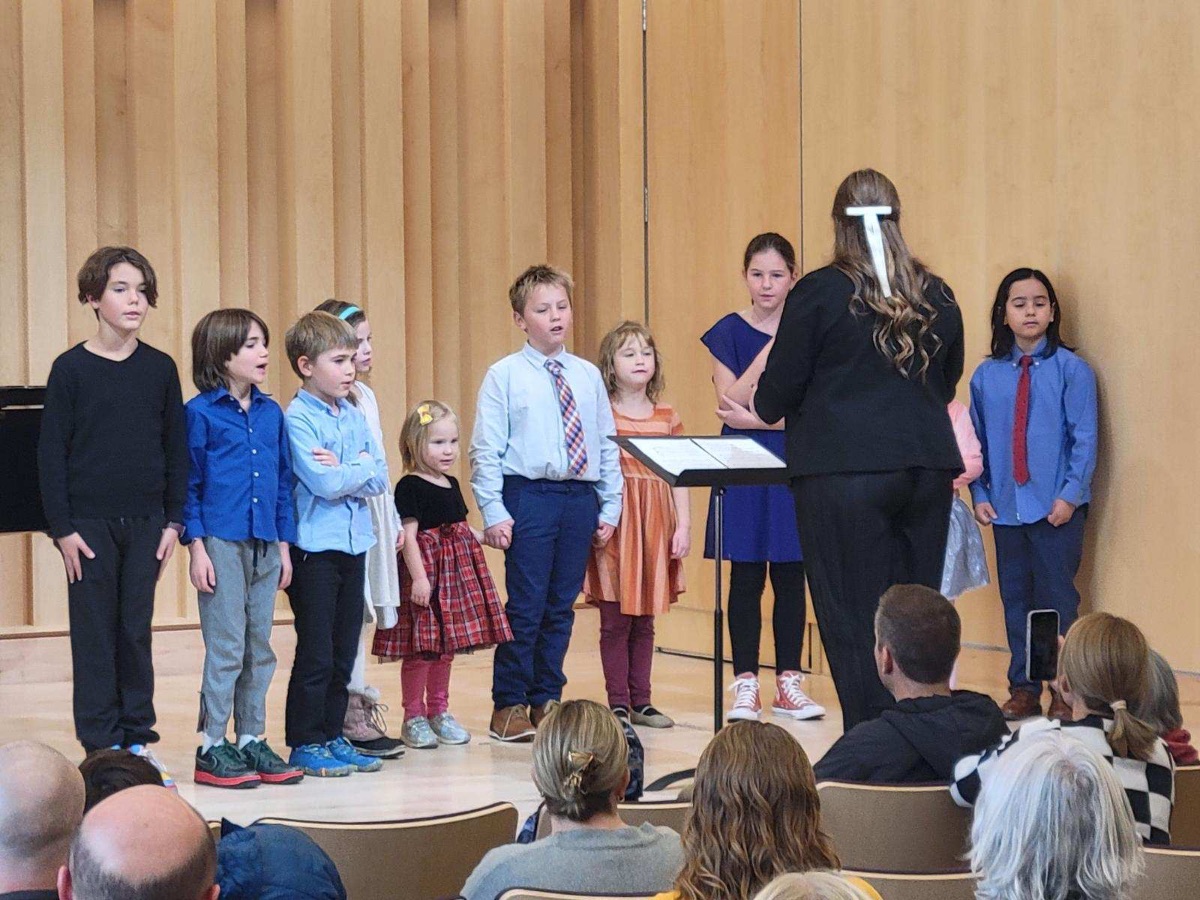Some of my earliest musical memories are of dancing around the piano completely free to express the sensations of what I heard through movement and gesture. These early experiences developed into a pursuit of dance and music, and many years later I found myself with advanced music degrees teaching my first cello lessons. It very quickly because apparent that the seeds of musicianship and musical sensitivity that come from sensation and experience are difficult to sow in short lessons amid the urgent pressures of posture, technique, repertoire, etc. Around that time, I serendipitously discovered the writings of Émile Jaques-Dalcroze, starting me down the path of discovering Dalcroze Eurhythmics.
Today, I am endlessly intrigued by the interrelation of movement and musical sound. Movement creates sound by creating pressure waves, and sound cannot come into being without movement. Musically, this speaks to coordination, control, and sensitivity— command of the space, timing, and energy required by the body to create any given tone. As developing musicians grow awareness of these elements that are always at play for themselves, they become ready and able to partake in ensemble with others, responsively and skillfully. This type of learning is a step away from rote reproduction of others' performance (with the nearly too-readily-available wealth of audio and video to copy), and rather a step towards understanding and creating music "from the inside out." It is music-making.
What more basic way to gain self-awareness and self-knowledge than through the physical body. The body often knows much the mind does not comprehend, biologically, psychically, and emotionally. By involving our body in the ways that we learn and process information, we are able to touch a different kind of expressivity, connection with ourselves, and collaboration with others. Music and movement are both powerful modes of expression that are mostly non-verbal and Dalcroze was visionary in creating a method "through and into music."
For current times, it is especially needful that we rediscover our many tools for communicating with others in shared space. Music, and especially the movement environment of Dalcroze Education, provides a priceless opportunity for this practice. I am incredibly privileged to be surrounded by a vital community of students willing to learn, grow, and create alongside one another and together.






